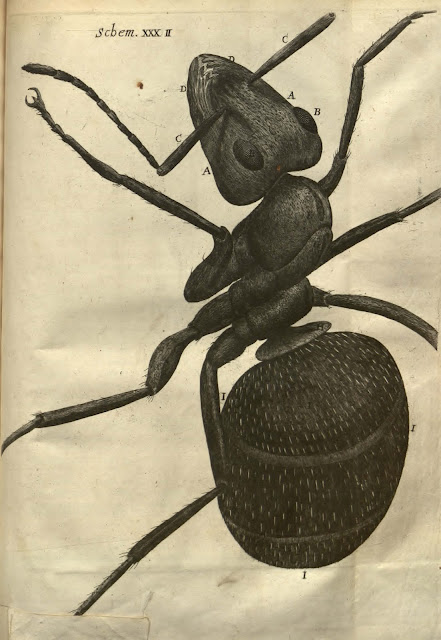Albertus Seba -A pioneer of the empirical science- simply started as apprentice of Pharmacy, preparing drugs with his own secret formulas, most of the times based on exotic plants and animals. His studio was located in Amsterdam, close to the harbour, so he was in contact with captains and ship surgeons -or simply sailors- to bring him exotic specimens, he later used to prepare his “formulae”. He also prepared drugs, some of his customers were Kings, like Peter the Great. Mr Seba’s house was full of well preserved snakes, insects, shells, lizards… His collection included all sorts of exquisite pieces from the East and West Indies, among these no less than 700 jars containing the rarest exotic animals and many particularly rare snakes. Even the finest and most complete butterflies collection from the 4 corners of the Earth.
Seba did not stop there, he continued the search for new methods, collecting natural specimens from distant lands, studying them, and testing their potential uses. His passion for collecting and researching often extended beyond immediate pharmaceutical applications. In many instances apothecaries started major natural history collections and contributed personally to the growing knowledge of nature. Seba's collection of natural specimens also went far beyond what was required for the normal exercise of his profession.
Seba did not stop there, he continued the search for new methods, collecting natural specimens from distant lands, studying them, and testing their potential uses. His passion for collecting and researching often extended beyond immediate pharmaceutical applications. In many instances apothecaries started major natural history collections and contributed personally to the growing knowledge of nature. Seba's collection of natural specimens also went far beyond what was required for the normal exercise of his profession.
Seba commissioned artists to make meticulous drawings of these diverse objects from his collection. He went on to publish these drawings, supplemented by commentary, in a four-volumed set entitled Loccupletissimi Rerum Thesauri Accurata Descriptio (abbreviated in the following as Thesaurus, or the rarest natural objects ever seen -that's my particular translation-). All the plates I'm posting on this blog entry are part of this Book.
This large and magnificent work, incorporating an impressive total of 446 copperplates, was published between 1734 and 1765, hence also posthumously. Seba made a lot of money selling his collections. Once he sold a collection, he immediately set about establishing a second one that eventually became even larger!!
Some of the images I post below are from Taschen color facsimil edition of the "Loccupletissimi Rerum Thesauri Accurata Descriptio“.
External links related
Albertus Seba's collection of natural specimens and its pictorial inventory, by TASCHEN Books Group, link here.
One of my Blog Sponsors, Amazon, has also a facsimil ed. for this amazing Book. Good flexibility: 2 new brand, price is 2495 USD or 8 used, better price: 625 USD (at least until November 1st, 2012)... I can't afford any option :) -so far-. Anyway link to Amazon for this is here.
theguardian made a brief article about this Book, text is poor but they host some color versions of the B/W images I posted here today. Link to access is here.
And finally, the surprise (I was really impressed about this) : The Biodiversity Heritage Library has a complete "OCRed" digital facsimil. That means that you can even do text searchs on the original... Goood JOB! I think I'll spend more time on the biodiversity heritage web page ;
For a high resolution, pdf version of this manuscript, contact me (facsimilium AT gmail DOT com).
For a high resolution, pdf version of this manuscript, contact me (facsimilium AT gmail DOT com).


















